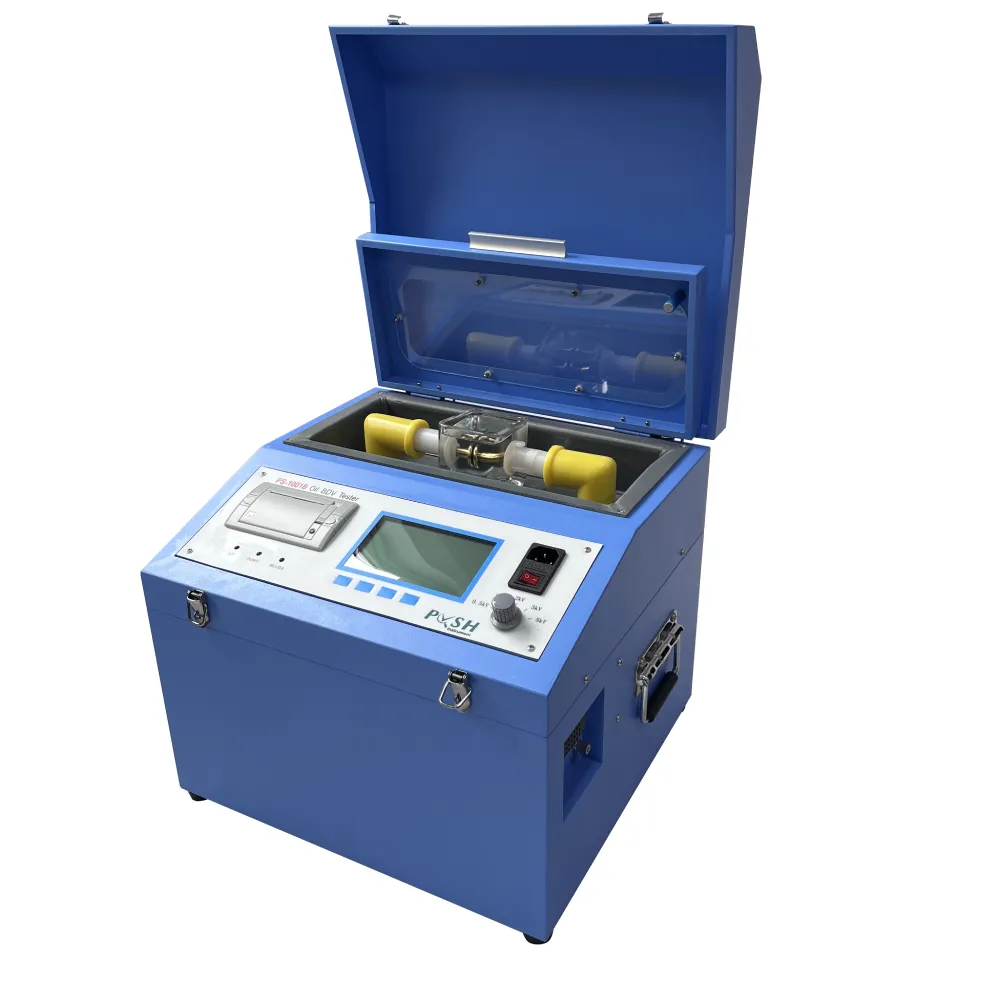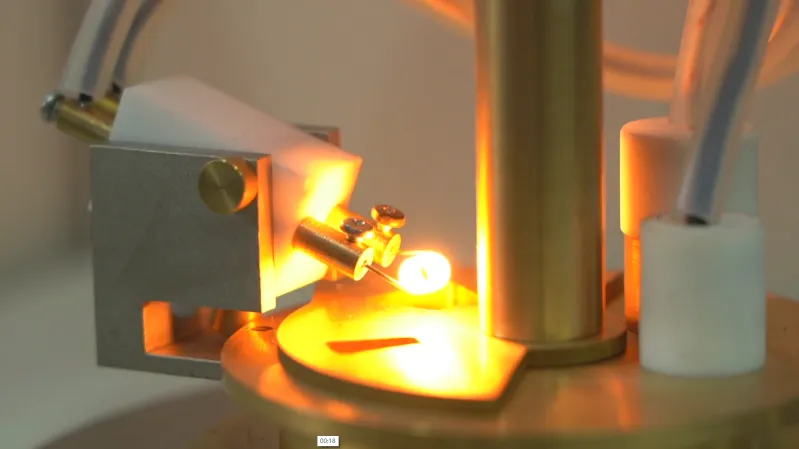TEL:
+86-0312-3189593
 English
English

Telephone:0312-3189593

Email:sales@oil-tester.com

-
 Afrikaans
Afrikaans -
 Albanian
Albanian -
 Amharic
Amharic -
 Arabic
Arabic -
 Armenian
Armenian -
 Azerbaijani
Azerbaijani -
 Basque
Basque -
 Belarusian
Belarusian -
 Bengali
Bengali -
 Bosnian
Bosnian -
 Bulgarian
Bulgarian -
 Catalan
Catalan -
 Cebuano
Cebuano -
 China
China -
 China (Taiwan)
China (Taiwan) -
 Corsican
Corsican -
 Croatian
Croatian -
 Czech
Czech -
 Danish
Danish -
 Dutch
Dutch -
 English
English -
 Esperanto
Esperanto -
 Estonian
Estonian -
 Finnish
Finnish -
 French
French -
 Frisian
Frisian -
 Galician
Galician -
 Georgian
Georgian -
 German
German -
 Greek
Greek -
 Gujarati
Gujarati -
 Haitian Creole
Haitian Creole -
 hausa
hausa -
 hawaiian
hawaiian -
 Hebrew
Hebrew -
 Hindi
Hindi -
 Miao
Miao -
 Hungarian
Hungarian -
 Icelandic
Icelandic -
 igbo
igbo -
 Indonesian
Indonesian -
 irish
irish -
 Italian
Italian -
 Japanese
Japanese -
 Javanese
Javanese -
 Kannada
Kannada -
 kazakh
kazakh -
 Khmer
Khmer -
 Rwandese
Rwandese -
 Korean
Korean -
 Kurdish
Kurdish -
 Kyrgyz
Kyrgyz -
 Lao
Lao -
 Latin
Latin -
 Latvian
Latvian -
 Lithuanian
Lithuanian -
 Luxembourgish
Luxembourgish -
 Macedonian
Macedonian -
 Malgashi
Malgashi -
 Malay
Malay -
 Malayalam
Malayalam -
 Maltese
Maltese -
 Maori
Maori -
 Marathi
Marathi -
 Mongolian
Mongolian -
 Myanmar
Myanmar -
 Nepali
Nepali -
 Norwegian
Norwegian -
 Norwegian
Norwegian -
 Occitan
Occitan -
 Pashto
Pashto -
 Persian
Persian -
 Polish
Polish -
 Portuguese
Portuguese -
 Punjabi
Punjabi -
 Romanian
Romanian -
 Russian
Russian -
 Samoan
Samoan -
 Scottish Gaelic
Scottish Gaelic -
 Serbian
Serbian -
 Sesotho
Sesotho -
 Shona
Shona -
 Sindhi
Sindhi -
 Sinhala
Sinhala -
 Slovak
Slovak -
 Slovenian
Slovenian -
 Somali
Somali -
 Spanish
Spanish -
 Sundanese
Sundanese -
 Swahili
Swahili -
 Swedish
Swedish -
 Tagalog
Tagalog -
 Tajik
Tajik -
 Tamil
Tamil -
 Tatar
Tatar -
 Telugu
Telugu -
 Thai
Thai -
 Turkish
Turkish -
 Turkmen
Turkmen -
 Ukrainian
Ukrainian -
 Urdu
Urdu -
 Uighur
Uighur -
 Uzbek
Uzbek -
 Vietnamese
Vietnamese -
 Welsh
Welsh -
 Bantu
Bantu -
 Yiddish
Yiddish -
 Yoruba
Yoruba -
 Zulu
Zulu
feb . 14, 2025 22:58
Back to list
transformer oil test types
In the industrial sector, maintaining the health of transformers is crucial for the optimal performance and longevity of electrical grids. Transformer oil tests are a pivotal component in assessing transformer health, offering insights into the condition of transformer insulation systems. Understanding the various types of transformer oil tests is essential for industries looking to ensure reliability and safety in their operations.
The Interfacial Tension (IFT) test, while less commonly discussed, is another test that assesses oil quality by measuring the force required to break the interface between oil and water. A low IFT value may suggest oil contamination or degradation, providing an early warning for further oil analysis and potential transformer maintenance. Aging of oil creates acids, which can be quantified through the Neutralization Number or Total Acid Number (TAN) test. High acid number readings indicate oxidation, which can lead to sludge formation and impact insulating properties. Regular monitoring through the TAN test helps in maintaining oil quality and, by extension, transformer reliability. Experience suggests that the Furans analysis is essential for assessing cellulose degradation in transformers. Furans are produced as paper insulation degrades, and analyzing their presence provides insights into the life expectancy of the transformer's insulating system. Long-term fleet management strategies often rely on this test to decide on maintenance schedules or replacement. From an Authoritativeness perspective, international standards such as IEC and ASTM provide guidelines for conducting these oil tests, ensuring consistency and reliability across different equipment and operational environments. Adhering to these standards helps maintain global trust and consistency in test results, providing peace of mind to stakeholders. Trustworthiness is further enhanced when these tests are conducted by accredited laboratories with a track record of reliability and accuracy. Regular audits and adherence to standards solidify the trust among clients, forging stronger industry relationships. In conclusion, transformer oil tests are a fundamental preventative maintenance strategy, offering invaluable insights into transformer health. By employing a combination of Dissolved Gas Analysis, dielectric testing, moisture content assessment, and other relevant tests, industries can preemptively address potential issues, optimizing operational efficiency and extending transformer lifespan. As technology evolves, the precision and scope of these tests improve, reinforcing their integral role in modern transformer maintenance strategies.


The Interfacial Tension (IFT) test, while less commonly discussed, is another test that assesses oil quality by measuring the force required to break the interface between oil and water. A low IFT value may suggest oil contamination or degradation, providing an early warning for further oil analysis and potential transformer maintenance. Aging of oil creates acids, which can be quantified through the Neutralization Number or Total Acid Number (TAN) test. High acid number readings indicate oxidation, which can lead to sludge formation and impact insulating properties. Regular monitoring through the TAN test helps in maintaining oil quality and, by extension, transformer reliability. Experience suggests that the Furans analysis is essential for assessing cellulose degradation in transformers. Furans are produced as paper insulation degrades, and analyzing their presence provides insights into the life expectancy of the transformer's insulating system. Long-term fleet management strategies often rely on this test to decide on maintenance schedules or replacement. From an Authoritativeness perspective, international standards such as IEC and ASTM provide guidelines for conducting these oil tests, ensuring consistency and reliability across different equipment and operational environments. Adhering to these standards helps maintain global trust and consistency in test results, providing peace of mind to stakeholders. Trustworthiness is further enhanced when these tests are conducted by accredited laboratories with a track record of reliability and accuracy. Regular audits and adherence to standards solidify the trust among clients, forging stronger industry relationships. In conclusion, transformer oil tests are a fundamental preventative maintenance strategy, offering invaluable insights into transformer health. By employing a combination of Dissolved Gas Analysis, dielectric testing, moisture content assessment, and other relevant tests, industries can preemptively address potential issues, optimizing operational efficiency and extending transformer lifespan. As technology evolves, the precision and scope of these tests improve, reinforcing their integral role in modern transformer maintenance strategies.
Previous:
Latest news
-
Testing Equipment Industry Sees Major Advancements in 2025: Smart & Precision Technologies Lead the WayNewsJun.06,2025
-
Applications of Direct Current Generators in Renewable Energy SystemsNewsJun.05,2025
-
Hipot Tester Calibration and Accuracy GuidelinesNewsJun.05,2025
-
Digital Circuit Breaker Analyzer Features and BenefitsNewsJun.05,2025
-
Benefits of Real-Time Power Quality Monitoring Devices for Industrial EfficiencyNewsJun.05,2025
-
Earth Fault Loop Testing in High-Rise Building Electrical SystemsNewsJun.05,2025



